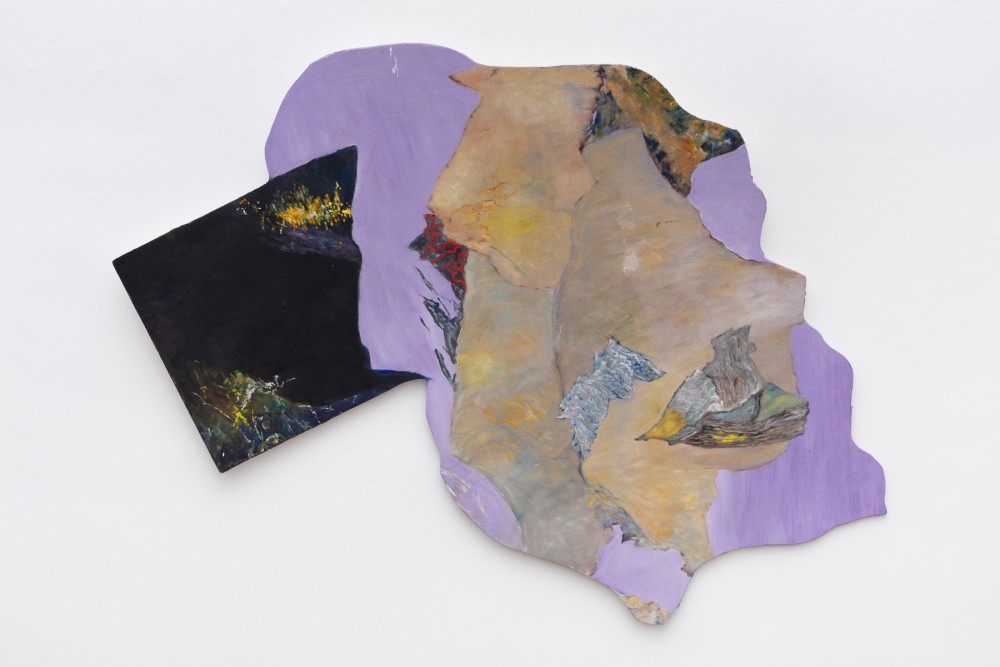
Alan Pulner: Reading the Flame(s)
NOON Projects is honored to present Reading the Flame(s), a solo exhibition by Los Angeles-based artist, educator, performer, and activist Alan Pulner. A foundational figure in the city’s performance art scene since the mid-1980s, Pulner’s work spans four decades and reflects a commited engagement with queer identity, community building, spiritual longing, and collective memory. Reading The Flame(s) is Pulner’s first presentation at NOON Projects and first major solo exhibition since the 1990’s.
Reading the Flame(s) takes its title and emotional heart from Pulner’s 1989 painting My Old Flame. Created at the height of the HIV/AIDS epidemic and titled after the Billie Holiday standard, the song's lyrics are burned into the wooden panel: "My old flame can't even remember his name, but I’ll never be the same, till I discover what became of my old flame." Below the lyrics is a haunting depiction of ghostly spirit figures, abstracted landscapes, and flames, channeling the emotions of so many, like Pulner, who were losing community members, friends, and lovers to the virus. The works in this exhibition expand on this legacy, each painting flickering between grief and joy, protest and beauty.
The flame, in its many meanings, anchors the exhibition. It is a symbol of queer identity (“flaming”), erotic heat, divine devotion, the torch songs of iconic divas, and the transformative fire of the phoenix. In Pulner’s works, the flame becomes both subject and structure, guiding his process, illuminating his memories, refusing to extinguish.
Pulner paints on hand-cut, puzzle-shaped wooden panels—each one intuitively jigsawed and unconstrained by the conventional rectangle of traditional painting. These irregular surfaces depict collaged compositions taken from family photos, flickers of memory, fields of color, landscapes, abstraction, and poetry. Using collage—an inherently queer technique—Pulner reclaims the discarded and "worthless" into rich and complex quilts of meaning.
Some works angle off the wall into space, queering the historical narrative of painting by extending the plane and challenging expectations of display. Others are designed to be hung in multiple orientations, with several wires on the back side, inviting their future owners to shift the work’s position over time—fostering a commitment to the work and playfully questioning "orientation." Some pieces stand freely as sculptures, resembling sandwich boards, protest signs, or stage sets. The works intuitively invite physical engagement, nodding to Pulner’s background in performance and dance. The collision and multi-directional composition of imagery ask viewers to tilt their heads, search for familiar shapes, or surrender to the playful, imaginative logic of pareidolia. In Pulner’s work, there is no single “correct” way—rather, invitation, movement, and play.
Language plays a vital role throughout Reading the Flame(s). Words are reclaimed and celebrated, painted and etched onto the surface of the works. Historic gay slurs like “pansy” or “flamer” are transformed into sites of power and affection. Pulner’s poems become lyrical gestures—acts of resistance and tenderness. Unlike puzzle pieces, the works have no clear mate; they come at us off the wall, stand on their own, hover, change direction and force us to imagine, unlearn, and remember.